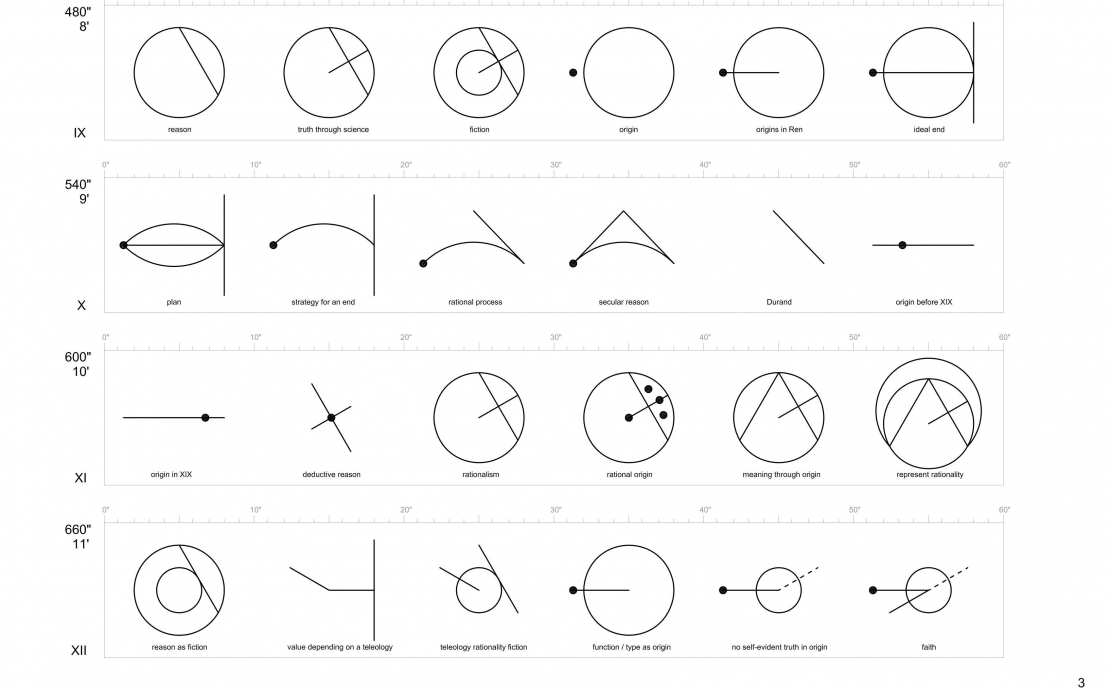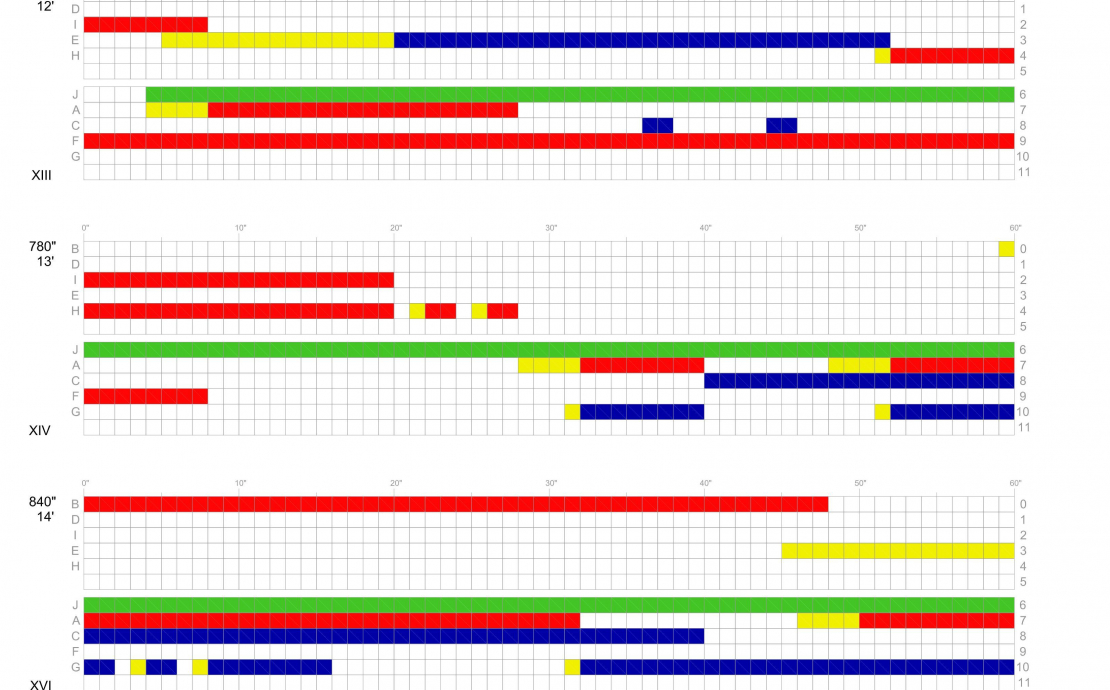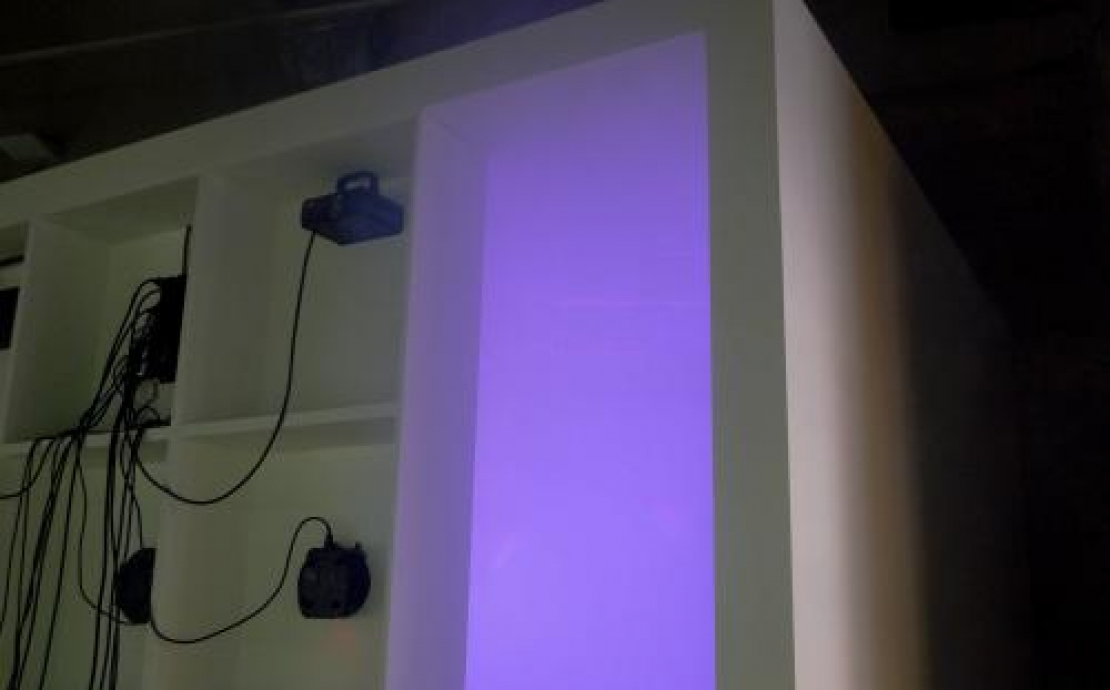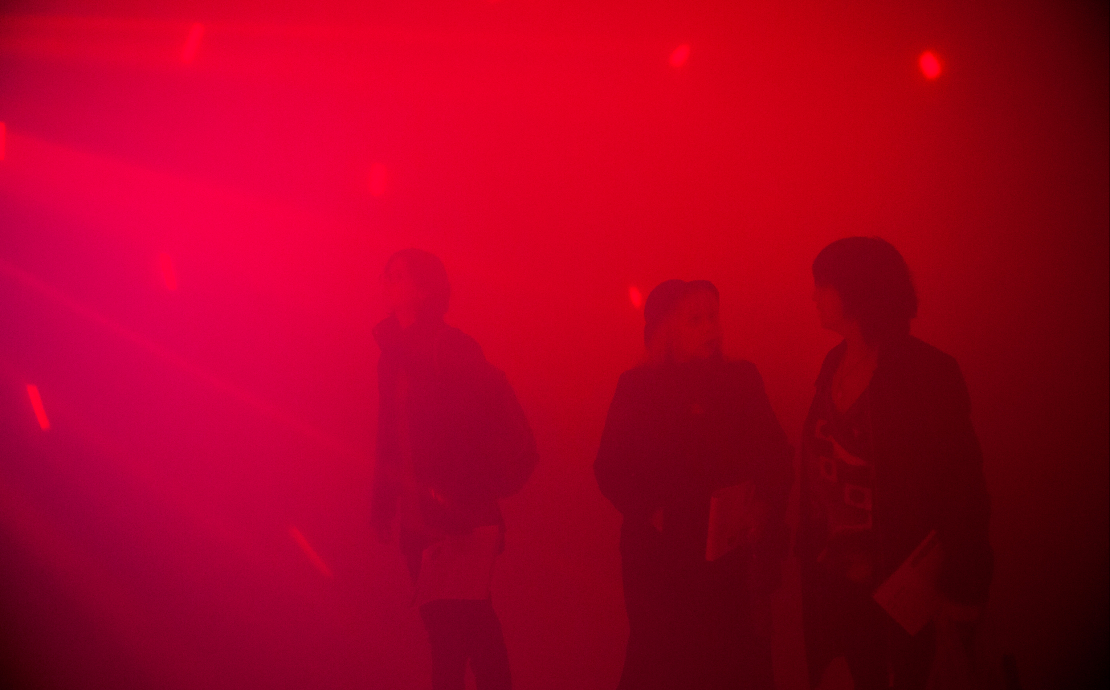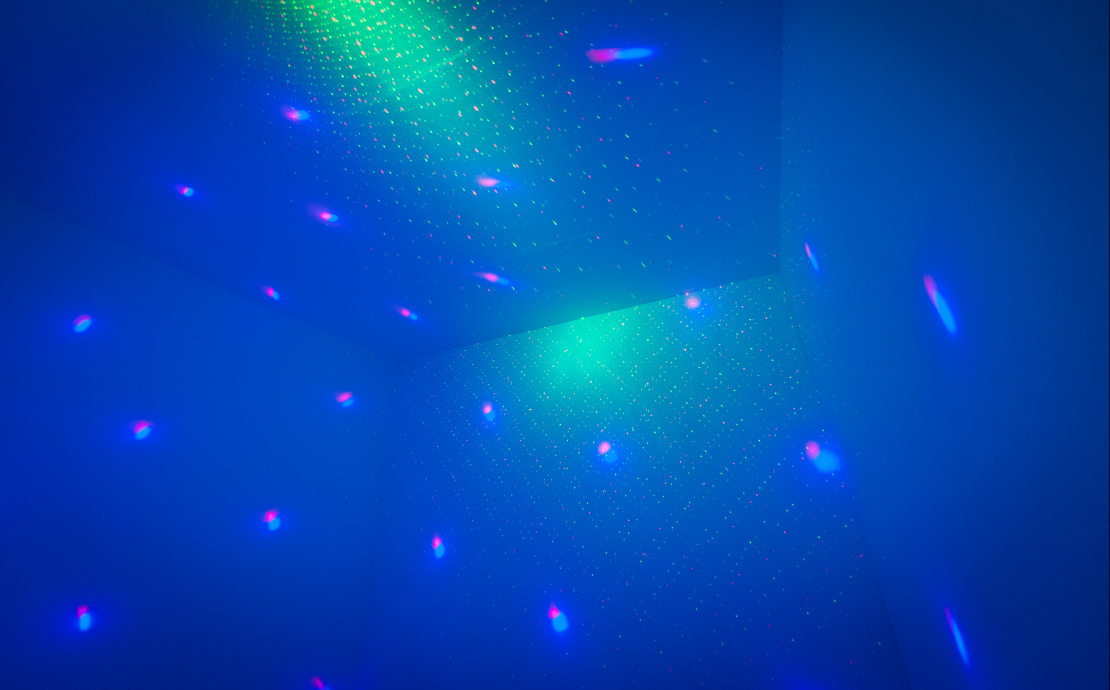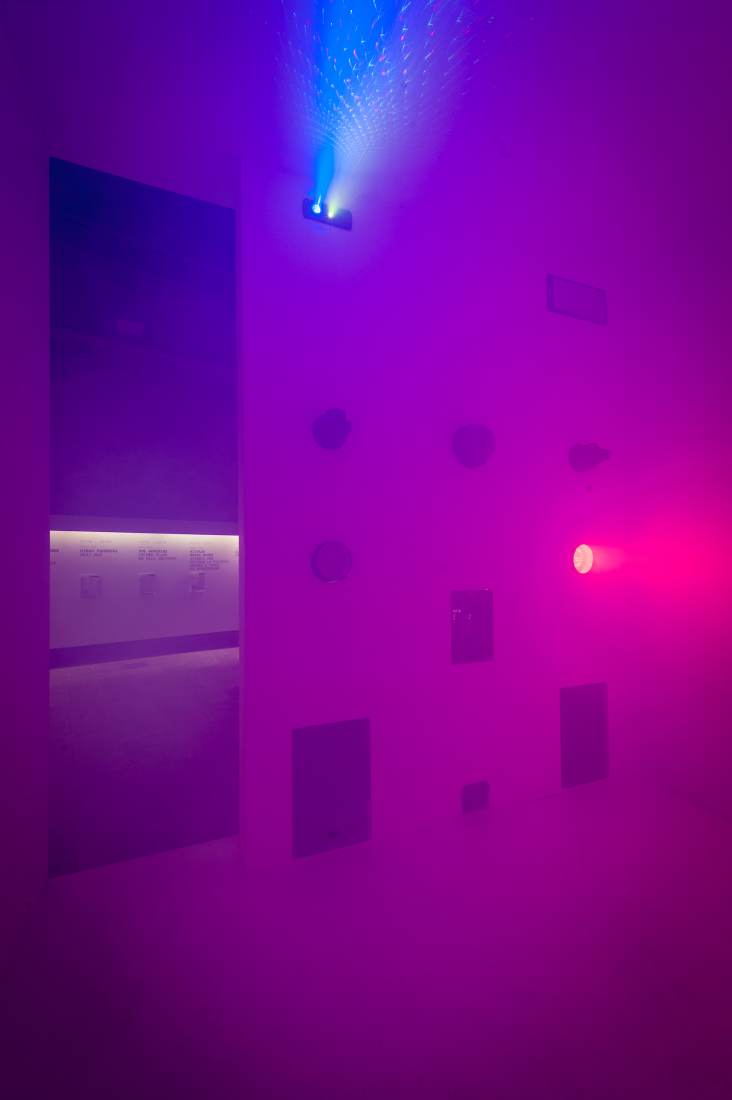The end of...
Pol Esteve (Barcelona, 1981) holds a degree in architecture from the Barcelona School of Architecture at the Polytechnic University of Catalonia (UPC). For this reason, his artistic work seems to be linked to the architectural field as an exploration of the physical environment and, on the basis thereof, engages in reflection on the meaning of form. At the outset of his career, in conjunction with Marc Navarro, he carried out several research projects whose parameters of study concerned the role of given architectural forms in a social context. Among these projects, mention must be made of Atlas de plantas, 2006 and 2008), which analysed a network of public transit spaces that are part of Barcelona’s urban fabric (dark rooms, enclosed ATM spaces, changing rooms and cemetery niches) as public spaces for individual use which, contradictorily, generate practices that fall within highly ritualised systems of social construction, and Taller Poble Sec (2009), which, based on a project dimension, questioned the relationship between architecture and form from a contemporary perspective.
On this occasion, Pol Esteve presents the solo project The End of... at Espai Cub. The work entails transferring a language structure to the world of sensorial experience. Specifically, it involves turning the text “The End of the Classical: The End of the Beginning, the End of the End”, by the prestigious American architect and theorist Peter Eisenman (Newark, New Jersey, 1932) into a piece of architecture made of light, sound and temperature.
Pol Esteve proposes going from language to the object by means of a dichotomy between “mental construction” and “physical construction”, which is found throughout the history of architecture. Pol Esteve chose Peter Eisenman’s essay precisely because it is a very vague “structure” which speaks of architecture itself as a text. The process of analysis and synthesis (both of meaning and morphology) to transfer the text to an architectural device gives rise to the emergence of profound systems of thought. Thus, the artist establishes a system of intuitive and analytical work (though adhering to a strict methodology) that is based on the graphic outline. Furthermore, the transfer of the text to a sensitive construction involves the reverse manoeuvre to the leap in language that took place in art and architecture in the latter half of the 20th century.
To execute the project composition at Espai Cub, the artist uses the technological resources specific to nightclubs (spotlights, special effects equipment, speakers, etc.) and places these small machines on a kind of wall-stand on display to the viewer. The external view of these gadgets or devices refers to the use made of technology in 20th-century architectural discourse, and invites us to enter Espai Cub, where the operation of these devices affords the space an aesthetic that is reminiscent of a nightclub/black box.
Obviously, The End of... puts us to the test as spectators. By delving into this clear abstraction we can turn our perception into immersive knowledge of the complexity of the work’s edifying mechanisms (like before the compositions of John Cage in the field of music) or, on the contrary, placing us in an eminently sensory position, where the work becomes a place of experience for the senses –though the work possesses a much broader conceptual dimension. Although the artist’s desire may be for the visitor to lend meaning to the work from a conceptual approach, it is more likely that the viewer can only understand it in part. But let’s stick to the first idea we spoke of. What happens when a text becomes an aesthetic experience? Or, if we go beyond that, what is the relationship between “project” and “object”? Would the object’s emergence imply the destruction of the “project”?
Colaborators



